Joann
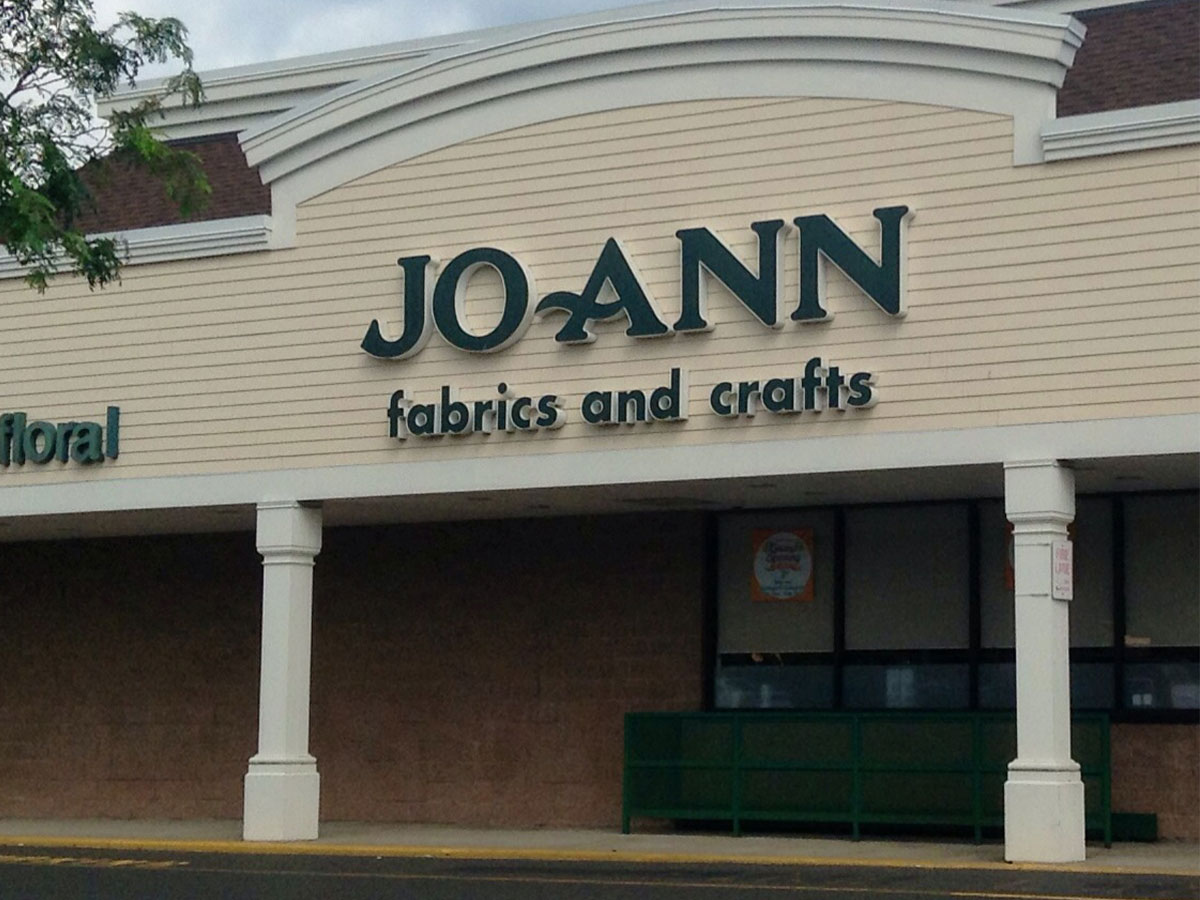
In January 2025, the fabric and craft store Joann filed for bankruptcy for the second time in a year. They first filed in March 2024, but they went private and were able to keep all of their stores open. Not this time, however.
Joann will be closing 500 of its 800 locations. Court documents show that all 50 states will be affected. The company blames its recent problems on unexpected inventory issues and is looking for a buyer.
At Home

Popular Texas-based home goods retailer At Home is set for file for Chapter 11 bankruptcy. It has a total of 260 stores across 40 states, but it is not known yet if any will close down because of this.
According to a Bloomberg report, the store missed its May 15 interest payment and entered into a forbearance agreement with lenders on May 23, lasting until June 30. At Home stated that "these agreements provide us flexibility as we continue to take steps to position At Home for near and long-term success," so there is hope for loyal employees and customers.
Toys “R” Us
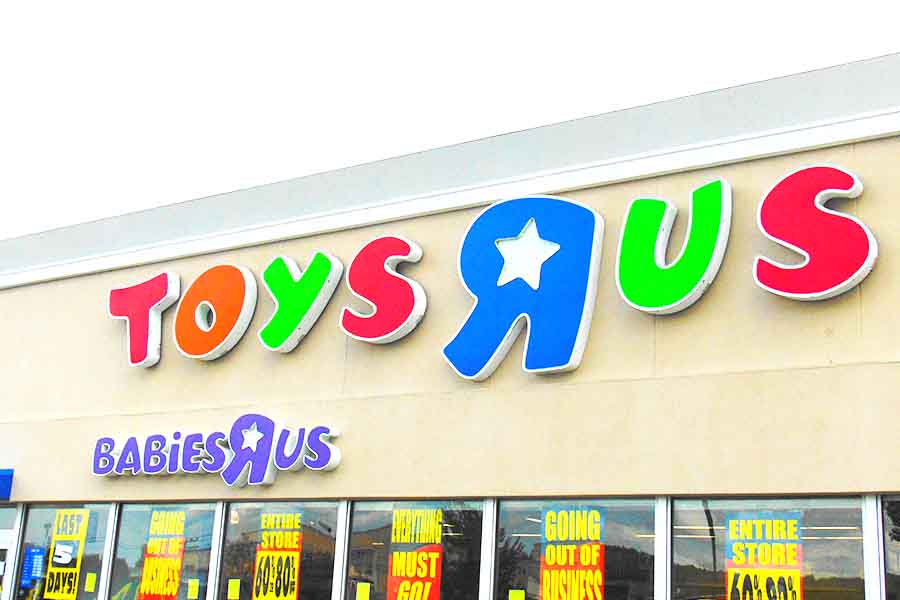
Toys “R” Us was one of the most recent bankruptcies that shook the United States. In 2017, the company filed for Chapter 11 bankruptcy, stating it hadn’t made an annual profit since 2013.
By the end of 2018, all of its locations shut down. That being said, some investors are taking a hard look at the toy store to see if it can make a comeback.
Enron

Enron had a spectacular rise and fall. It had approximately 29,000 employees and claimed $101 in revenue before an accounting fraud came to light in 2000.
By 2001, Enron filed for bankruptcy. Corporate officers used financial deception to hide the fact the company had actually been losing money. By 2006, the company had no assets, and it settled with all institutions by 2008.
General Motors
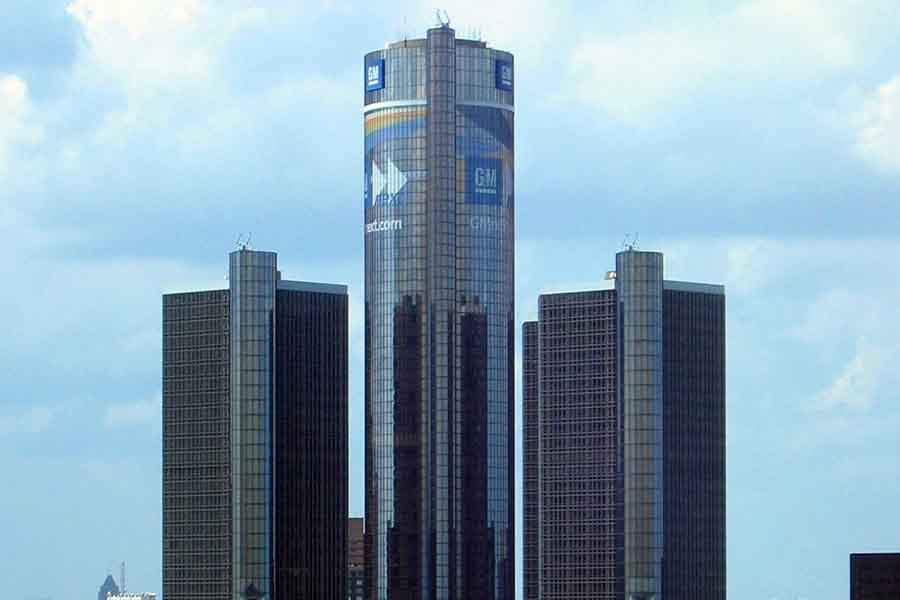
General Motors was one of the auto manufacturers that filed for bankruptcy during the Great Recession. Through the Troubled Asset Relief Program, the United States Treasury invested $49.5 billion into the company.
The bailout saved 1.2 million jobs. By 2010, GM began reorganization and would return to profitability later that year.
Delta Airlines

Delta Airlines is one of the biggest names in flight, but it wasn’t always the case. In 2004, Delta cut jobs and created a “super-hub” in Atlanta to avoid bankruptcy. It didn’t work.
In 2005, the company filed Chapter 11 with the company’s liabilities being around $28 billion. To recover, Delta reorganized and reduced its costs via salary cuts and layoffs. It also purchased rights to popular new routes.
Blockbuster
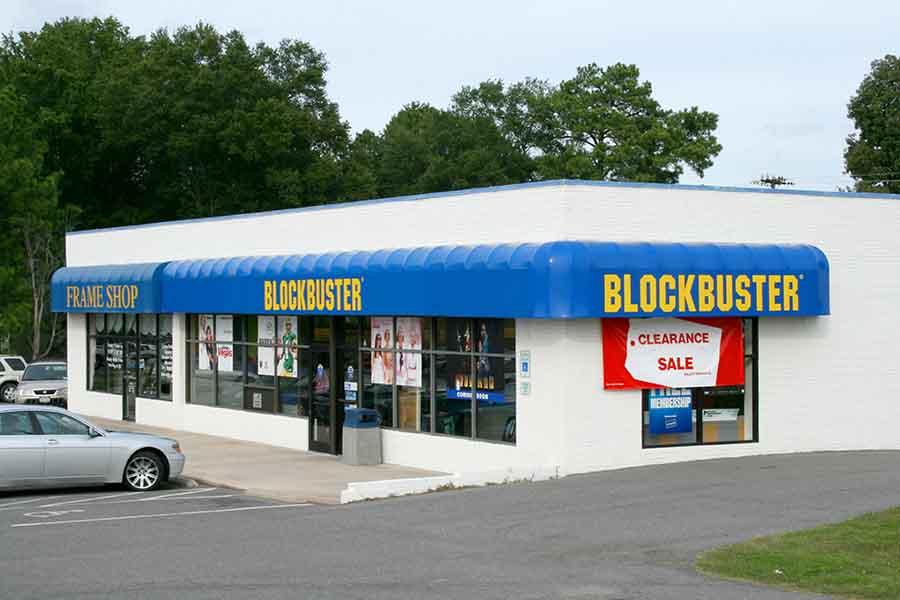
Blockbuster is hard to forget. It was the video store everyone spent their weekends visiting. The company seemed to have a firm handle on its finances until 2010.
Late 2010, Blockbuster filed Chapter 11 bankruptcy due to being $900 million in debt. In 2011, the company announced that the creditors couldn’t come up with a Chapter 11 exit plan, and the company would be sold.
Texaco

How could an oil company go bankrupt? In the 1980s, the company was in a brutal legal battle with Pennzoil, which cost Texaco $10.5 billion.
The company filed for bankruptcy and immediately started getting its finances back in order. It was purchased by Chevron in 2000, a move that created one of the largest companies in the world.
Ally Financial

Ally Financial was one of the companies to get a loan during the Great Recession. However, in 2012, Ally filed for Chapter 11 bankruptcy while still owing about $12 billion to the government.
To recover, Ally Financial decided to leave risky mortgage ventures and favor safer investments. This move saved Ally, which ultimately turned a $2.4 billion profit.
Lehman Brothers
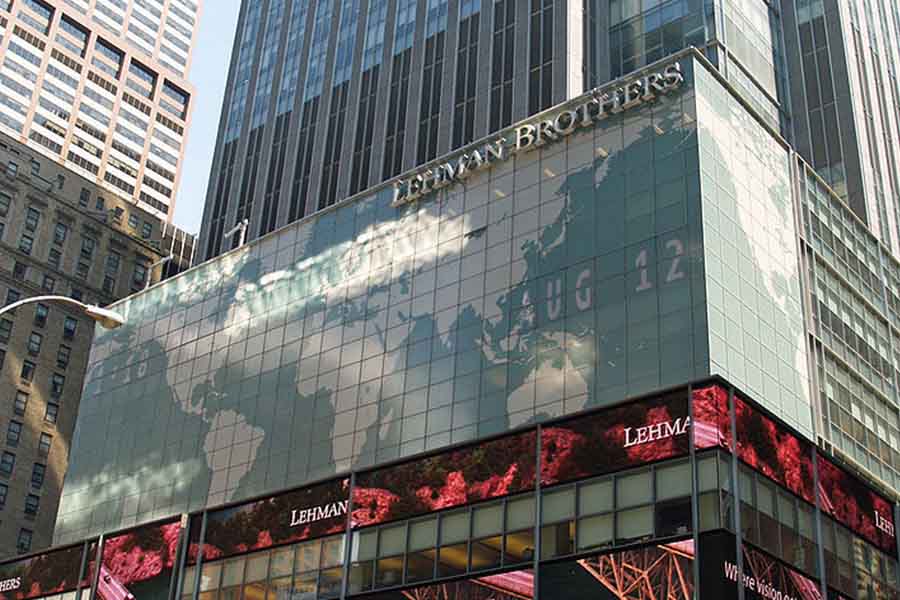
Lehman Brothers was the fourth biggest investment bank in the country, but it was also using questionable accounting tricks to make it seem more financially stable than it was. It all came to an end with the mortgage crisis in 2008.
The company filed for bankruptcy with $613 billion in bank debt and $155 billion in bond debt. Lehman Brothers is the largest bankruptcy in American history.
Marvel Entertainment
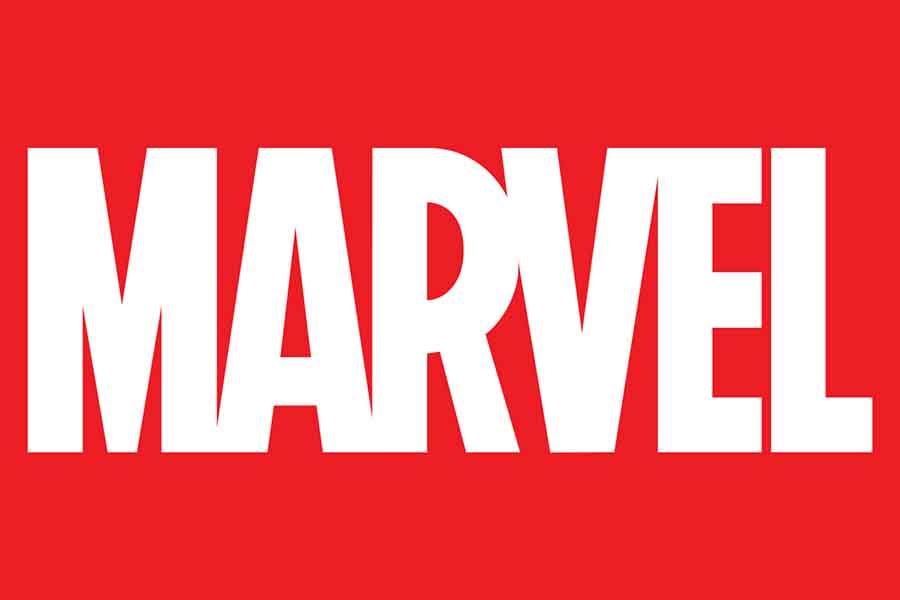
Marvel is one of the biggest brands at the moment, but it almost didn’t make it. In the late 1990s, Marvel had declining revenue and devastating stock losses.
The company filed for bankruptcy, but that wasn’t the end. Marvel turned to movies to recoup the money. Moves like Blade, X-Men, and Spider-Man made it the cinematic giant we know today.
J. Crew
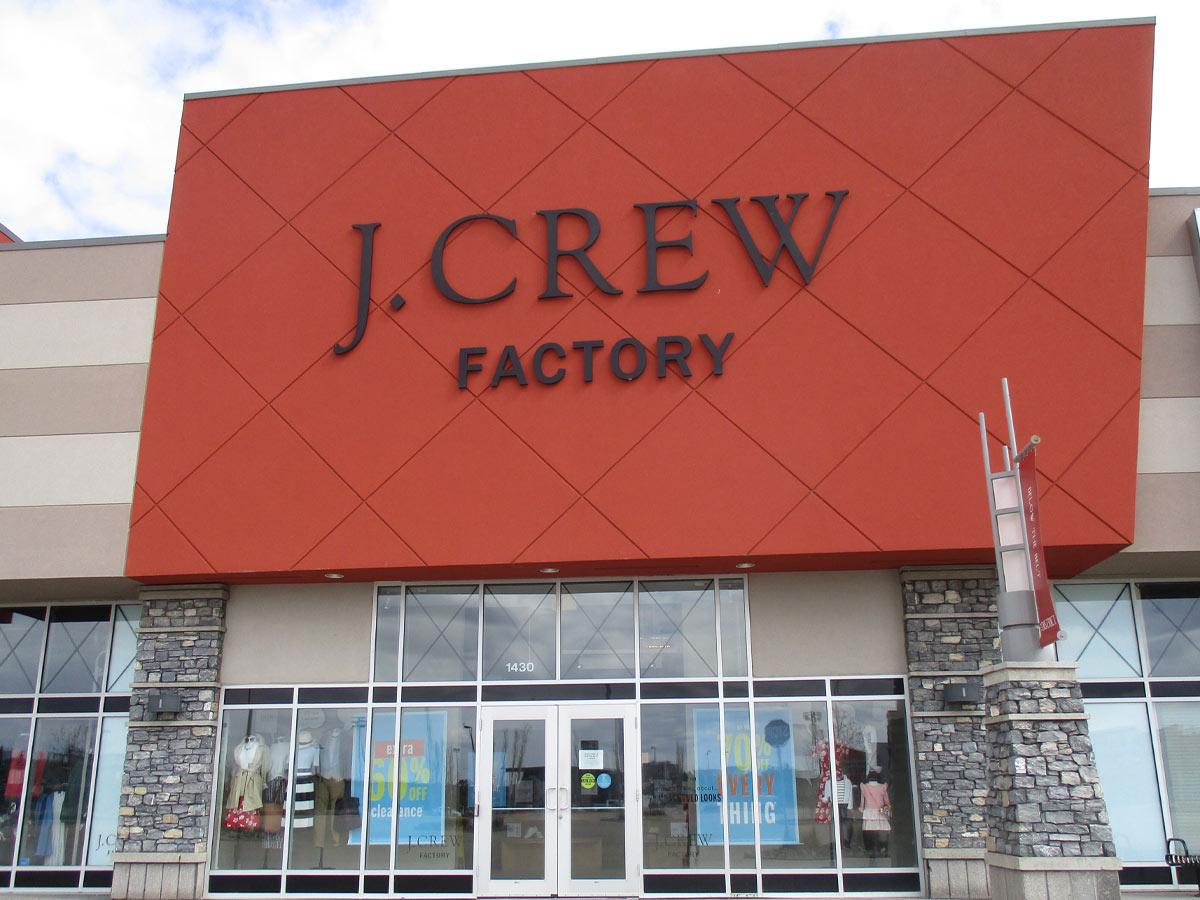
Brick and mortar stores are having a hard time, J. Crew especially. With the recent COVID-19 pandemic, the bankruptcy of this fashion merchant has been accelerated. J. Crew filed for Chapter 11 bankruptcy beginning in May 2020.
They hope to restructure their debt and come out stronger, but with the push to e-commerce, we're not sure it'll happen. Turns out all the debt they've been accruing caught up to them.
Chrysler

Chrysler was on the verge of bankruptcy in 1979 when the government stepped in and gave it a $1.2 billion loan, but more than 60,000 employees still lost their jobs by 1983.
By 2008, the company required another bailout, a move many automakers made. To turn around, Chrysler revamped its models and collaborated with Fiat to return to profitability.
Pier 1 Imports

Pier 1 Imports hasn’t exactly had an easy time, especially prior to bankruptcy. They’d been losing money for far too long, which explains why they ended up filing. After all, it had to compete with Walmart, Amazon, TJ Maxx, and several other huge retailers that have been expanding and attracting new customers regularly (while offering much lower prices).
Unfortunately for the company, COVID-19 prevented the brand from finding a buyer to save it from completely closing, and May brought the end. Pier 1 decided to close all 540 stores and shut down for good. Many were surprised by the end of the prominent brand, but experts saw it coming from a mile away.
Washington Mutual

Washington Mutual is the second largest company that has ever declared bankruptcy. This lending company was responsible for doling out shockingly high mortgages to people who couldn’t afford to repay them.
This also makes it one of the largest bank failures in history.
Sbarro

Sbarro filed for Chapter 11 bankruptcy protection in 2011 even though it was the fifth-largest pizza chain in America. In a plan to restructure, the company ceded ownership to lenders and closed 25 locations.
Sbarro decided to rebrand by updating its pizza recipe by bringing in fresh ingredients. By 2014, the company exited bankruptcy.
TGI Friday's

TGI Fridays has filed for Chapter 11 bankruptcy as it struggles with high debt, rising costs, and a post-pandemic shift in consumer habits. The restaurant chain will keep its locations open while it reorganizes, planning to sell some assets and cut underperforming spots to streamline its operations.
This move comes after a wave of closures earlier this year and aims to help the brand become more financially sustainable amid an increasingly tough restaurant market. Maybe all those affordable cocktails and appetizers were a bad idea (even though customers enjoyed it!).
Converse

Converse has been around since the early 1900s, but it wasn’t invincible. The company reported $5.4 million in losses in 2001, which led to the company filing for Chapter 11 bankruptcy.
Thankfully, that wasn’t the end of the story. Nike purchased the company for $305 million and rebranded it as a place for artists and designers to create new varieties of shoes.
WorldCom

WorldCom was a classic example of criminal decisions causing the failure of a company. It filed Chapter 11 bankruptcy after a major accounting fraud came to light. This fraud accounted for a $3.8 billion loss.
Bernie Ebbers, the co-founder, was sent to prison for 25 years following an investigation. The company was rebranded but was ultimately purchased by Verizon in 2005.
Revlon
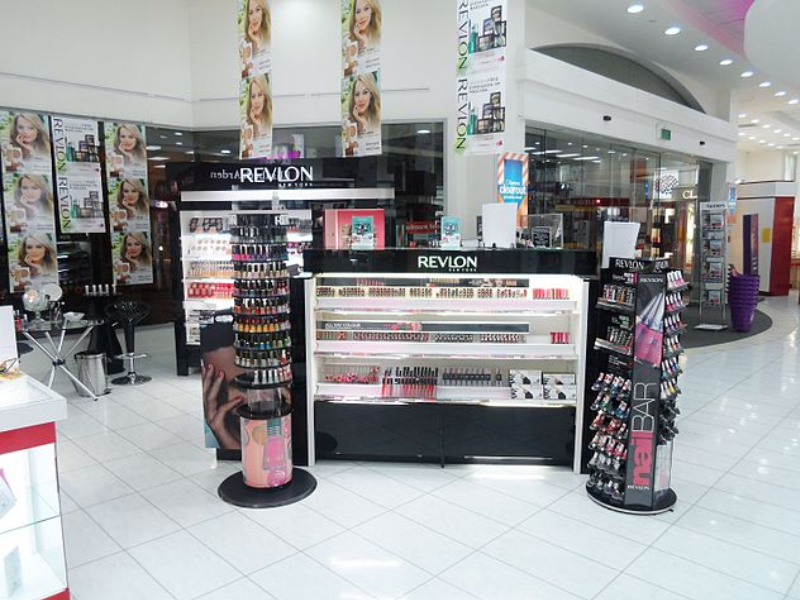
Things are not going well for beauty giant Revlon. The 90-year-old firm filed for Chapter 11 bankruptcy on mid-June 2022. The reason? They stated they’ve been struggling with supplier payments, inflation, and labor shortages. The company also stated it’s been experiencing increased competition from brands backed by celebs like Rihanna’s Fenty and Kylie Jenner’s Kylie Cosmetics.
Since the filing, shares began to plummet. Almost immediately, they dropped 13% alone. The company is requesting $575 million from existing lenders to support day-to-day operations until something is worked out. Revlon owns several well known brands like Elizabeth Arden, Almay, and Cutex.
Six Flags

Six Flags Entertainment may have looked fine on the outside, but in 2009, the company was $2.4 billion in debt. It filed for Chapter 11 as a way to repair its financial situation.
The problem was that the debt was caused by the Great Recession rather than a failing business model. Less than a year later, the company had cut its debt in half and was reemerging with plenty of visitors per day.
AIG

American International Group had risky, unregulated hedge fund-like practices that used cash from insurance to fund its ventures. Despite this, the U.S. government bailed them out for $85 billion in 2009.
AIG became a poster child for the “too big to fail” mentality. It took $182 million to pull AIG out of the brink. From there, AIG focused on getting rid of bad investments.
Radio Shack
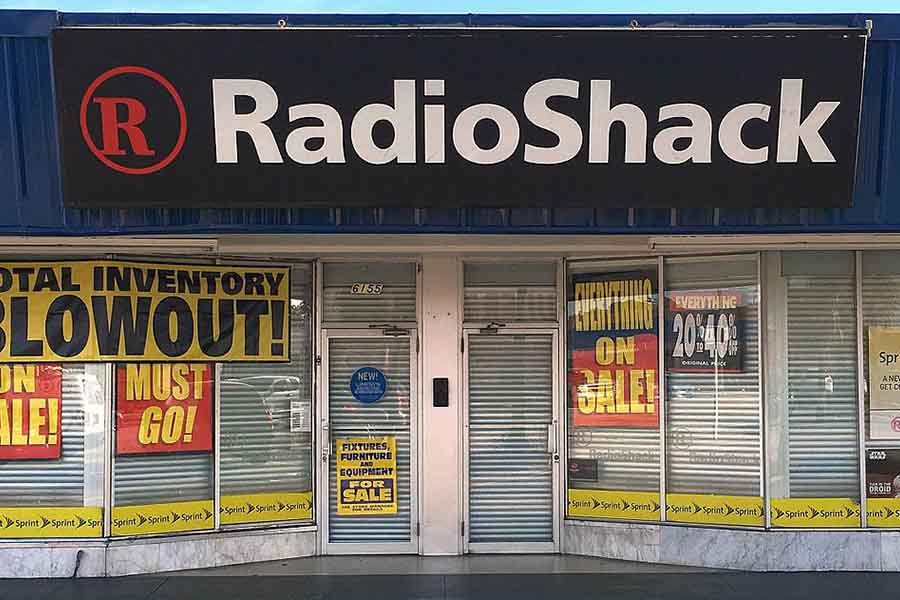
Radio Shack was a popular place to buy any electronics you may need. Well, it went bankrupt twice in its history; once in 2015 and the other in 2017.
After downward-sloping sales, Radio Shack attempted to sell its products online but found it difficult to compete with companies like Amazon.
Pizza Hut

One of the biggest hits recently was the bankruptcy of one of the largest Pizza Hut franchisees. NPC International filed for Chapter 11 bankruptcy following the prolonged shutdown of COVID-19. A total of 1,200 Pizza Huts are going to shut down in 27 states.
This accounts for nearly 40,000 employees. The group has been struggling with the pandemic and shutdowns since everything began. Overall, it’s accrued a debt of nearly $1 billion. There are other franchises, but NPC International isn't happy with Pizza Hut. The franchisee is threatening to shut down the remaining 900 stores unless they change their policies.
Betsey Johnson

Betsey Johnson is an instantly recognizable brand, but it was forced to declare bankruptcy in 2012. This caused every brick-and-mortar store to close, which laid off 350 employees.
Betsy Johnson then stepped in turned her company around by going on a design spree. She collaborated with Urban Outfitters and created new lines in bridalwear, kids’ clothing, eyewear, and more.
American Airlines
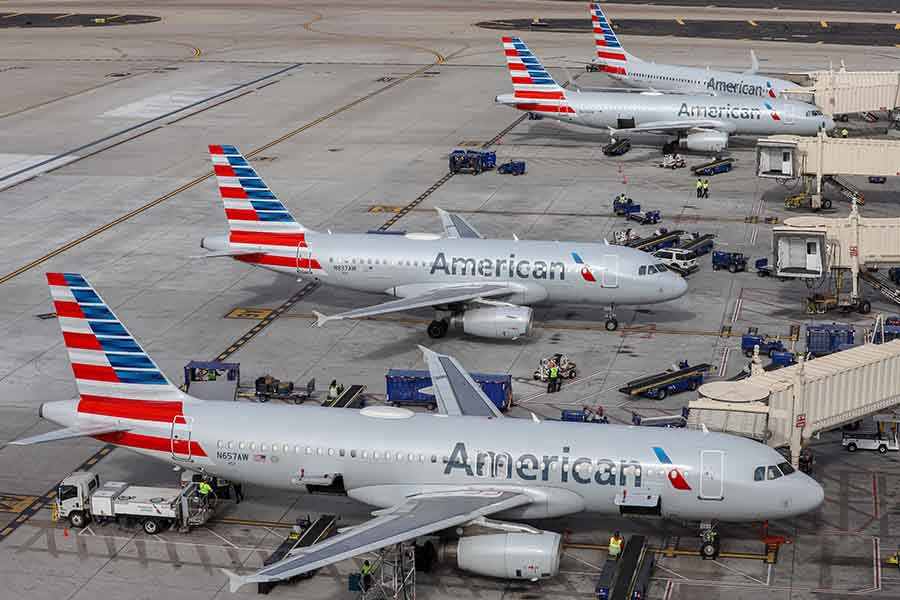
In 2011, the airline industry took a massive downturn as oil prices skyrocketed. American Airlines was one of the companies that were forced to declare bankruptcy.
In 2013, AA merged with U.S. Airways but kept the name as it was easily recognizable worldwide. The combination saved AA and created the largest global airline.
Tower Records

It’s easy to see how a music company could go bankrupt with the recent move to streaming services in media. Tower Records had stores in the United States, Europe, and Tokyo.
The company took on $110 million in debt when it experienced tough competition with Walmart and Target. Tower Records then filed for bankruptcy in 2004 and 2006 because it couldn’t compete with Walmart, Target, and the digital marketplace.
J.C. Penny

Things haven't been easy for J.C. Penny. The brand has been hemorrhaging money for a while, and the COVID-19 crisis hasn't been too kind. Years before its bankruptcy, it began closing stores and experts knew what was happening.
Then, the other shoe dropped, and J.C. Penny filed for bankruptcy. As part of negotiations for restructuring, it decided to close 30% of its stores by 2022. We're not sure J.C. Penny will pull itself out of the hole this time, but we'll see.
Ashley Stewart

Ashley Stewart had years of losses and a high turnover rate for employees. It was to the point where it was headed for its second bankruptcy in two years by 2013.
The CEO stepped in and relied on “math changing the company culture, a mission-driven dedication to our core customer, transparent communication, lean process and – yes – kindness.” It worked. The company downsized 40%, but sales were up 25% a year later.
The Texas Rangers

The Texas Rangers had a strong 2009 record, but the brand was hurting financially. Players that had left were still owed salaries, resulting in $575 million in debt. The Texas Rangers filed for Chapter 11 bankruptcy in 2010.
The team recovered after being purchased by a group of investors. It was much easier to stay afloat since the team has been American League champions twice after bankruptcy.
Kodak

Kodak was once the brand you purchased if you wanted to get a camera of quality. By the 1990s, the company began having financial issues. This all led to Kodak filing for Chapter 11 bankruptcy in 2012.
Instead of selling cameras, the company announced its intention to sell film, commercial scanners, and kiosk operations. Kodak emerged from bankruptcy in 2013.
Hostess

Hostess notoriously filed for bankruptcy in 2012. Once everyone heard, they ran out to buy all the snacks they could grab. However, a takeover deal saved the snack-cake maker.
Gores Holdings gave Hostess the unique ability to come back and even grow. That being said, 60 products were cut, but it allowed Hostess to create new twists on old favorites and repay debt.
Disney

Disney’s bankruptcy isn't by recent by any means. In fact, the global giant filed for bankruptcy before anyone knew its name in 1923. Disney's financial troubles stemmed from no one knowing the brand.
It wasn’t until Steamboat Willie that Disney got a reprieve and began cultivating the company we all know and love today.
Forever 21

Forever 21 announced in September 2019 that would have to file for bankruptcy. Along with this, it’s closing 350 stores worldwide, and ceasing operations in 40 countries, including Canada.
The brand helped create the “fast fashion” trend, but it wasn’t enough.
Chuck E. Cheese

Kids used to beg their parents to go to Chuck E. Cheese, but the chain has fallen on hard times. In June 2020, the brand declared Chapter 11 bankruptcy. Before this occurred, 11 locations already closed due to the COVID-19 pandemic, but now, 34 will certainly follow.
The company also listed about 45 leases it chose to reject, including some locations in California, Florida, Massachusetts, Ohio, and Oklahoma. Considering the pandemic has hit a second wave, we’re not sure this kid-friendly pizza place will make it through the year.
Wendy’s

Wendy’s is another restaurant that’s closing a lot of stores. The same franchisee, NPC International, that owned 1,200 Pizza Huts also owned 400 Wendy’s locations. Because of this, these 400 Wendy’s locations are shutting down in the same 27 states.
Considering there are over 6,700 Wendy’s locations, the brand won’t see a huge dent in profits. Some people will just have to drive a little farther for their Baconator. The bankruptcy comes after state-wide shutdowns from the COVID-19 crisis.
Bed Bath & Beyond

When Bed Bath & Beyond started shutting down stores, it signaled the beginning of the end for this long-time home goods store. First, they shut down 60, then followed by another 41 more stores that closed for good. Now? All of the stores are kaput.
Customers complained that things were so expensive, but apparently, the chain couldn't even make overhead. The company filed for Chapter 11 bankruptcy and decided to shut down all stores by June 30th. The company just couldn't help but make bad decisions like buying its own stock, charging sky-high prices despite shrinking sales, and so much more.
 Author
Sherrill Dean
Last Updated: November 30, 2025
Author
Sherrill Dean
Last Updated: November 30, 2025
